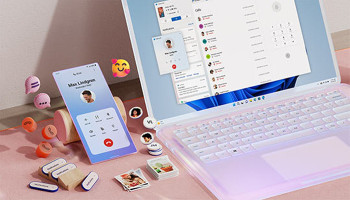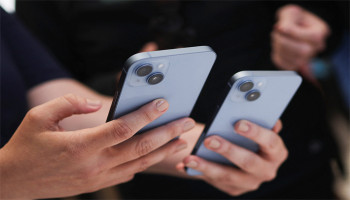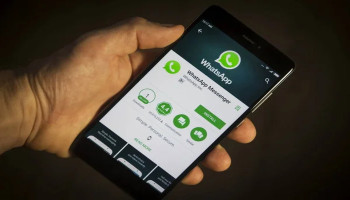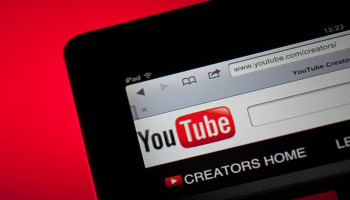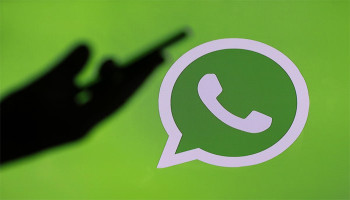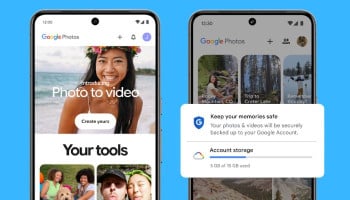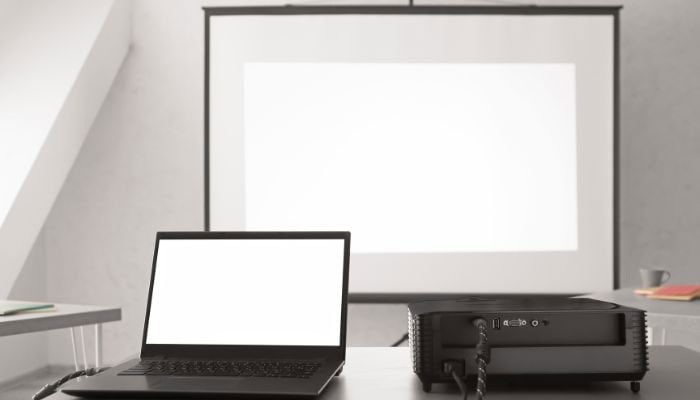
Do you have presentations scheduled? Are you concerned about how you will display your presentation screen to a room full of people?
Gadinsider has a solution to your problem. Here is a step-by-step guide for connecting a laptop to a projector using HDMI, DVI, or VGA cable.
How to connect a laptop to a projector
1. Plug in the cable
You should first plug in the cable to the port on both your laptop and the projector after identifying the cable (HDMI, DVI, or VGA).
Many video connection ports may be labelled; but if they are not labelled, look at the shape of the cable and plug it into a port that looks the same
The most common source of output on a laptop is VGA ports. These look like ports consisting of three rows of five holes each. If your laptop does not have a VGA port, it should have an HDMI port. If your laptop has neither, you might need to purchase a VGA or HDMI adapter from an electronics retailer
Some Windows computers support Miracast; if your projector supports that feature as well, you won't need any cables. To see if your Windows laptop supports Miracast, search for and open the Connect app.
2. Turn on your projector
After plugging in the cable turn on the projector and laptop. Both your laptop and the projector need to be on to continue.
3. Select a sharing option
Press ⊞ Win+P and select a sharing option. A list of screen sharing options will appear on your monitor:
PC Screen Only: This option turns off the projection screen so your laptop screen is not shared.
Duplicate: Share everything from your screen to the projector, but you'll see the same image on the projector on your laptop screen.
Extend: This option treats the projector as an extension of your laptop's screen and offers you more space; for anything you want to share, you'll have to drag it from your laptop's screen to the projection area.
Second screen only: Share everything from your screen to the projector, but you will not see anything on your laptop's display screen.





